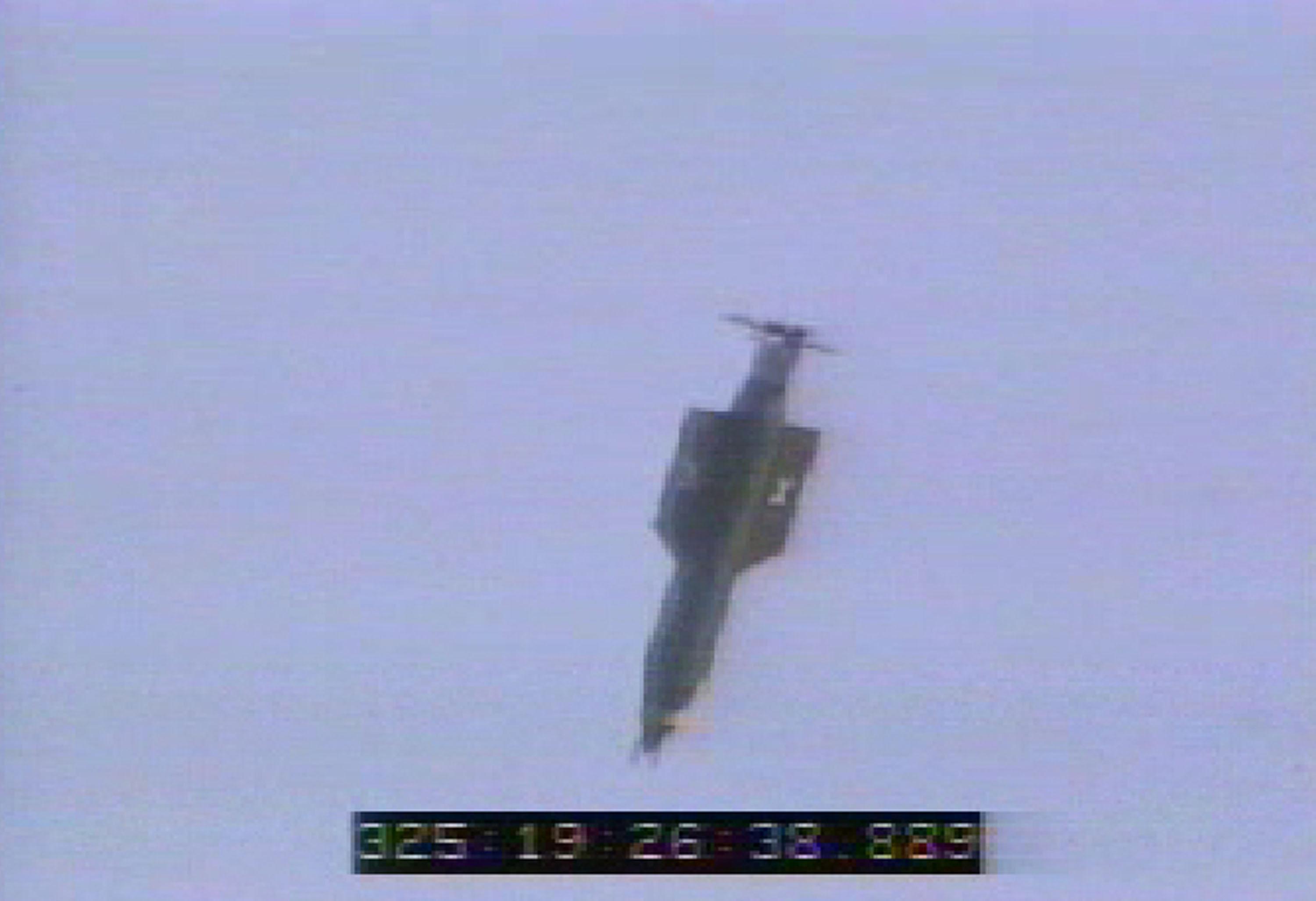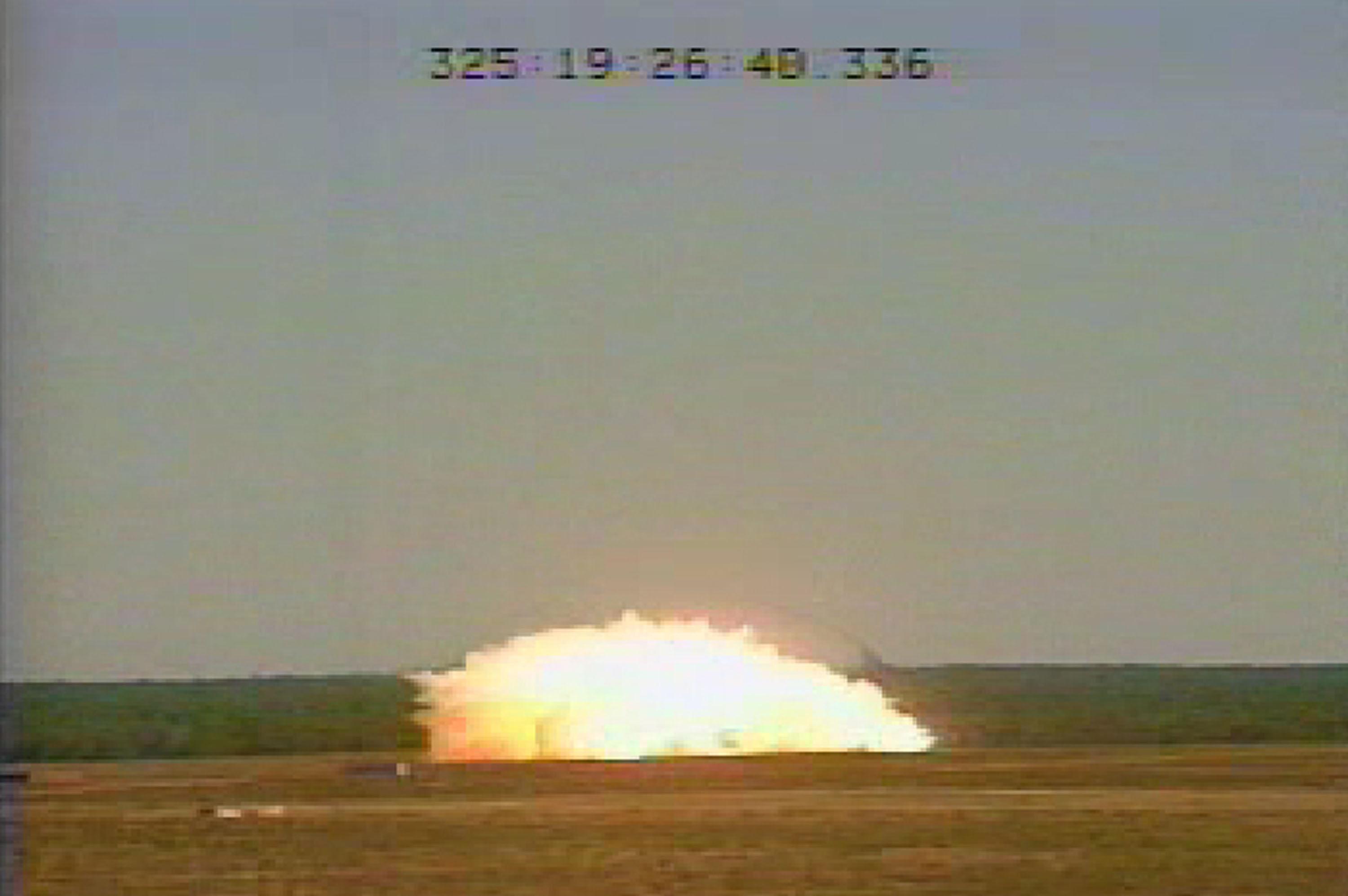The US has dropped its largest non-nuclear bomb in combat - on an Islamic State target (IS) in Afghanistan.
Known as 'The Mother' bomb, it is the first time the weapon has been used in force, despite being developed before the US-led invasion of Iraq in 2003.
It was dropped on a target in the Nangahar Province of Afghanistan, on IS tunnels.
US military officials claim the bomb would feel like a nuclear blast to anyone in the area.
The mega-bomb was dropped from a C-130 Hercules cargo plane flying at 20,000ft, and guided to its target by GPS and a precision parachute device.
It was detonated at 7:32pm local time (2:32am NZ).
US President Donald Trump called it "another successful event, we have given [the military] total authorization."
The official name of the bomb is a GBU-43. It is also known as a Massive Ordnance Air Blast (MOAB) bomb, and was first test-fired on November 21, 2003 at Eglin Air Force Base, Florida.
The latest version of the warhead, called a GBU-43/B, is the most powerful non-nuclear weapon in the US military arsenal.


White House press secretary Sean Spicer says it is unknown if anyone has been injured or killed in the bombing.
Mr Spicer called the weapon a “large, powerful and accurately-delivered weapon” to disrupt the movements of militants in Afghanistan.
“In order to defeat the group we must deny them operational space. Which we did," Mr Spiver said.
“The United States took all precautions necessary to prevent civilian casualties and collateral damage as a result of the operation.”
Last week, a US soldier was killed in the same district as the bomb was dropped while conducting operations against IS.
Pentagon spokesman Adam Stump said the warhead targeted a network of caves believed to be used by IS fighters in the Achin district of Nangarhar, close to the border with Pakistan.
US military officials claim the psychological effect on survivors or observers is considered an added impact of the weapon.
The bomb is about 6 metres long and races to the ground at supersonic speed.
It can penetrate rock, concrete and steel plates while bursting three metres above the ground and can kill people within several hundred metres of the point of detonation.
Its explosives can breach 60 metres of earth and 18 metres of concrete.
Army General John W Nicholson, the commander of US forces in Afghanistan, said in a statement that the GBU-43/B was the “right munition” to use against IS in Khorosan.
“As Isis-K’s losses have mounted, they are using IEDs, bunkers and tunnels to thicken their defense. This is the right munition to reduce these obstacles and maintain the momentum of our offensive against Isis-K,” General Nicholson said.


Newshub.
